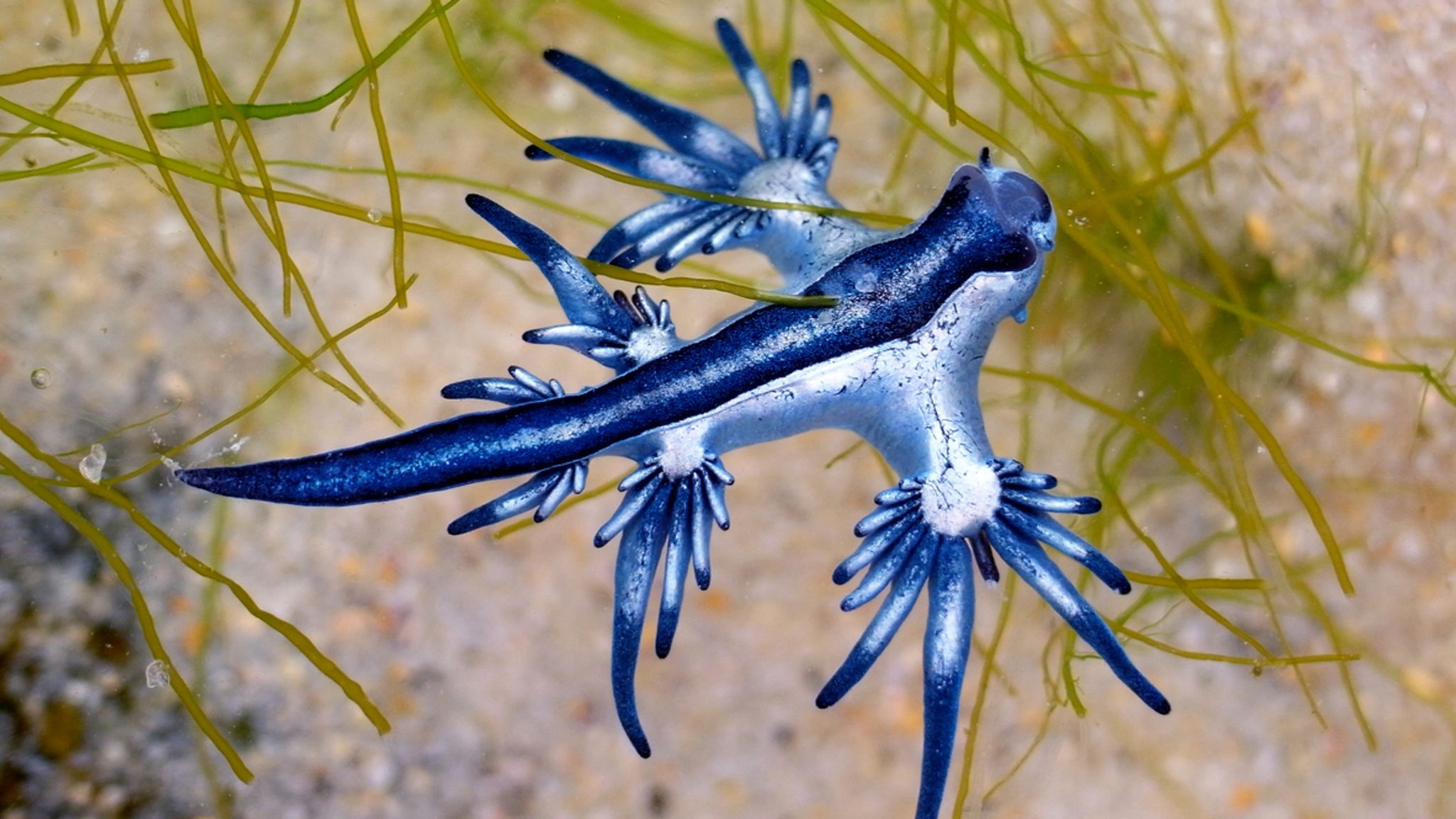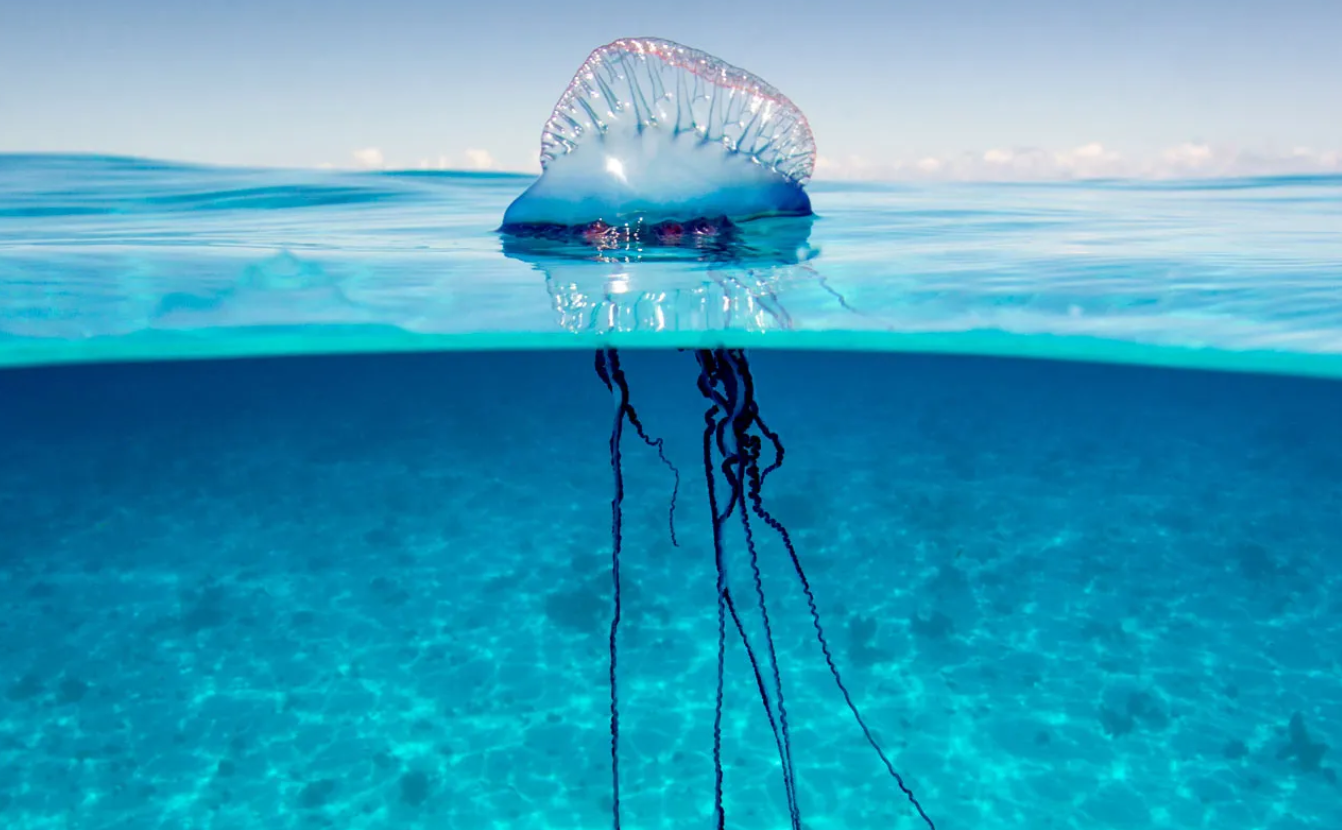In southern Spain, beaches on the Costa Blanca were temporarily closed after a number of "blue dragons"—a small, venomous sea slug with the scientific name Glaucus atlanticus—washed ashore. While this tiny creature may look like a mythical beast, its sting is far from fictional. It has the ability to deliver a powerful sting, causing symptoms such as nausea, pain, vomiting, and acute allergic contact dermatitis.

The blue dragon is a type of nudibranch (a shell-less mollusk) that is rarely seen because it lives its entire life floating upside down on the surface of the open ocean. It stays afloat by swallowing a small air bubble into its stomach. Its distinctive blue and silver coloration is a form of camouflage called "countershading." The blue underside faces upward, blending in with the ocean's blue surface to hide from predators flying above, while its silver back faces downward, mirroring the bright sky to evade predators swimming below.
What makes this creature so dangerous is its unique feeding habit. The blue dragon preys on other venomous organisms, most notably the jellyfish 'Portuguese man o' war'. It is immune to the man o' war's venomous stinging cells, called nematocysts. After consuming its prey, the blue dragon stores and concentrates these stinging cells in its own finger-like appendages, or cerata. This means that a sting from a blue dragon can be even more potent than the sting of a Portuguese man o' war, as the blue dragon can release the accumulated venom in a more concentrated dose.

Blue dragons are passive swimmers, relying on the wind and ocean currents to carry them. This is why they are often found washed up on beaches after strong winds. While they may appear to be an exotic or rare sight, they are found in tropical and temperate waters across the Atlantic, Pacific, and Indian Oceans. When a large group floats together, it is known as a "blue fleet."

While fascinating to look at, beachgoers are warned to admire them from a distance. The venom remains active even after the creatures die, and a direct encounter can result in a painful and potentially severe sting. The appearance of these tiny, beautiful, but dangerous creatures on a beach serves as a reminder of the complex and surprising life that exists just below the ocean's surface.